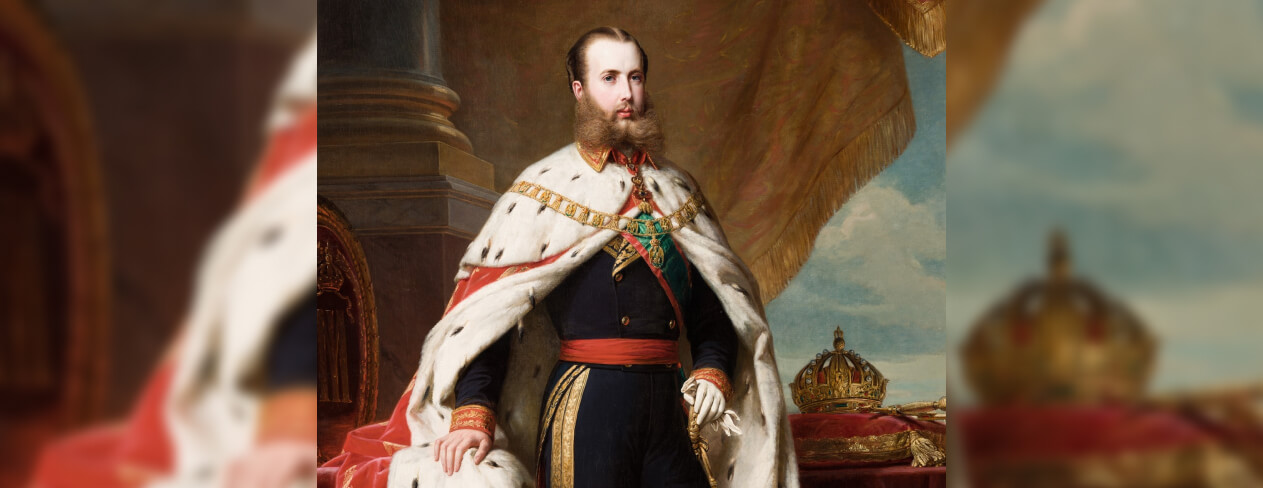
Archduke Maximilian, later Emperor Maximilian I of Mexico, was executed on 19 June 1867.
After a brief term as Viceroy of Lombardy, Maximilian fell out of favour with his elder brother, Emperor Francis Joseph, and was left without any meaningful official role. In this classic position of a sidelined younger brother, he was approached by Mexican monarchists who invited him to rule their turbulent nation, still reeling from civil war. Claiming to represent the unanimous will of the Mexican people, it is fair to say that Maximilian was at least half-deceived into accepting the crown.
Upon his arrival, he encountered a nation bitterly divided between conservative monarchists and liberal republicans. Ironically, Maximilian’s own political sympathies leaned more towards liberalism — precisely the faction he had been called in to oppose. However, his position, already rooted in the intervention of European powers, especially France’s, never gained true legitimacy in the eyes of many Mexicans, which only deepened domestic confrontation. Despite his good intentions and genuine efforts, violence soon resumed and escalated into a full-scale armed conflict with the republican forces, bolstered by support from the United States. Eventually, France withdrew its military backing, leaving Maximilian’s fragile empire doomed. Captured by republican troops, the 35-year-old Emperor was convicted of treason and executed by firing squad.
Access to the Metatext via placing an order for an augmented product. See Terms of Use